#Salzburg Cathedral
Explore tagged Tumblr posts
Text

Die Schönheit der Kirche liegt nicht nur in ihren Gebäuden, sondern auch in den Herzen der Gläubigen.
Johann Wolfgang von Goethe
The beauty of the church lies not only in its buildings but also in the hearts of the faithful.
Salzburg Cathedral's sacred symmetry.
#goethe#quote#german#salzburg cathedral#symmetry#design#church#architecture#sacred#beauty#cathedral#salzburg#christianity#aesthetics
69 notes
·
View notes
Text

"Salzburg Cathedral - 1958"
#photography#b&w photography#home photography#vintage photography#old photos#20th century#1958#salzburg#austria#Salzburg Cathedral
0 notes
Photo
Salzburg Cathedral still contains the baptismal font in which composer Wolfgang Amadeus Mozart was baptized.

#@soaveintermezzo#salzburg cathedral#17th century#baroque cathedral of the roman catholic#austria#santino solari /italian architect & sculptor
1K notes
·
View notes
Text






st. michael’s church | vienna , austria
#church#aesthetic#photography#baroque#moody aesthetic#aesthetic tumblr#aesthetic edit#goth aesthetic#dark#dark aesthetic#dark academia moodboard#dark grunge#moodboard#dark and moody#moody#moodyphotography#photooftheday#beautiful photos#catholic#cathedral#catholiscism#travel#adventure#austria#wien#vienna#salzburg
318 notes
·
View notes
Text

Salzburg, Austria - cathedral dome
43 notes
·
View notes
Text






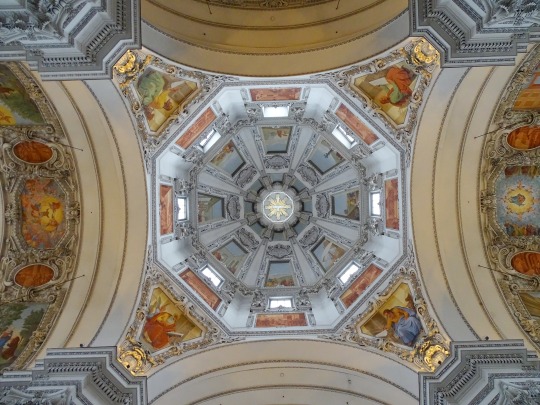
Cathedral of Salzburg, a grand 17th century Baroque church.
Salzburg, Austria
Feb. 2023
#austria#salzburg#osterreich#travel#original photography#photographers on tumblr#photography#lensblr#architecture#architecture photography#historical architecture#church#church architecture#church photography#cathedral#baroque#wanderingjana
21 notes
·
View notes
Text

Salzburg cathedral, Salzburg Austria.
Shot on a canon 6D, 50mm lens.
#original photographers#canon#photooftheday#photographers on tumblr#austria#salzburg#cathedral#baroque#artwork#people#tourist#gothic#travel#romantic#history
7 notes
·
View notes
Text

Salzburg - Pietá by Anna Chromy
#canon#original photographers#photographers on tumblr#original photography#photography#black and white#black and white photography#austria#salzburg#art#sculpture#cathedral
25 notes
·
View notes
Text

S A L Z B U R G
#salzburg#beautiful place#hermoso lugar#garden#jardin#floral#flora#castle#schloss#castillo#chateau#castello#castelo#cathedral#catedral#austria#europe#europa
92 notes
·
View notes
Text

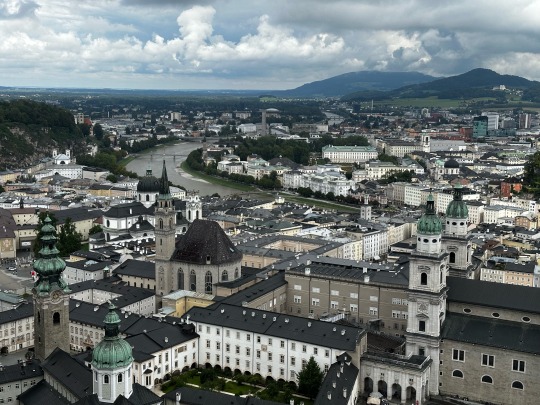
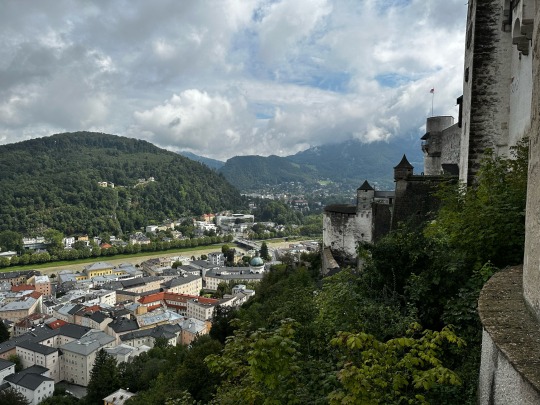
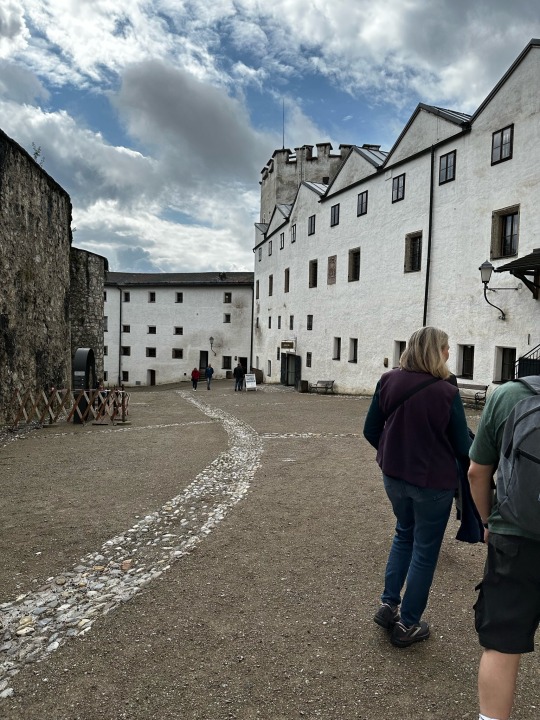
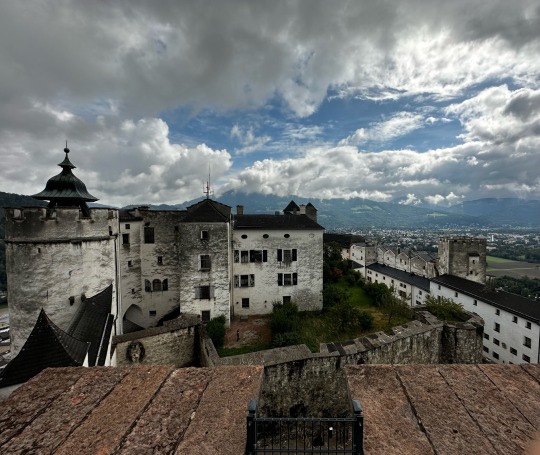
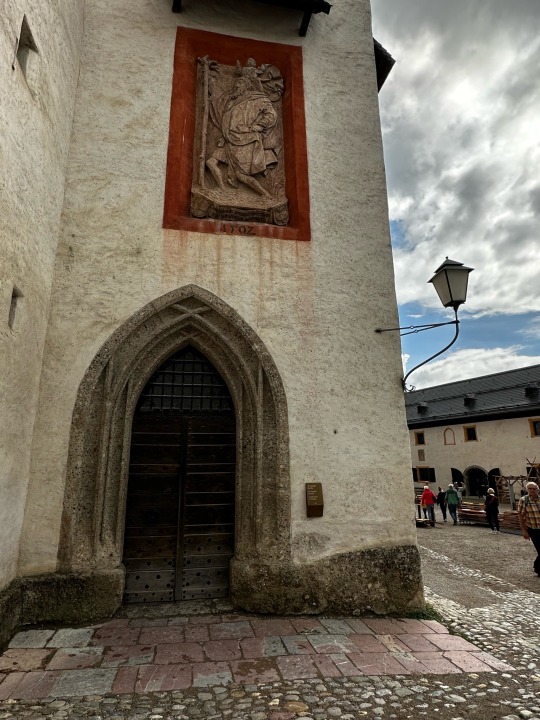
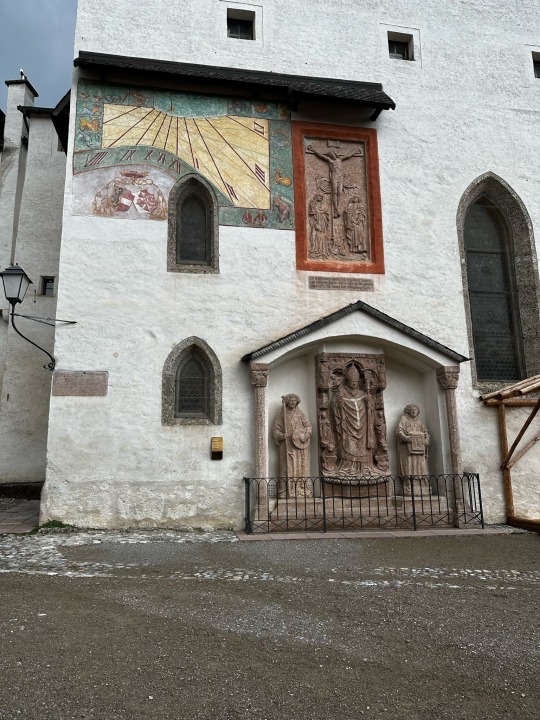
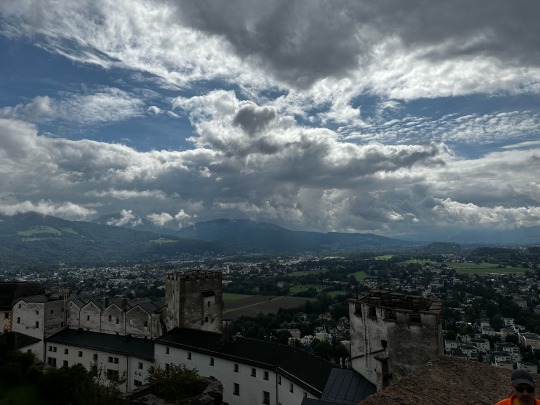
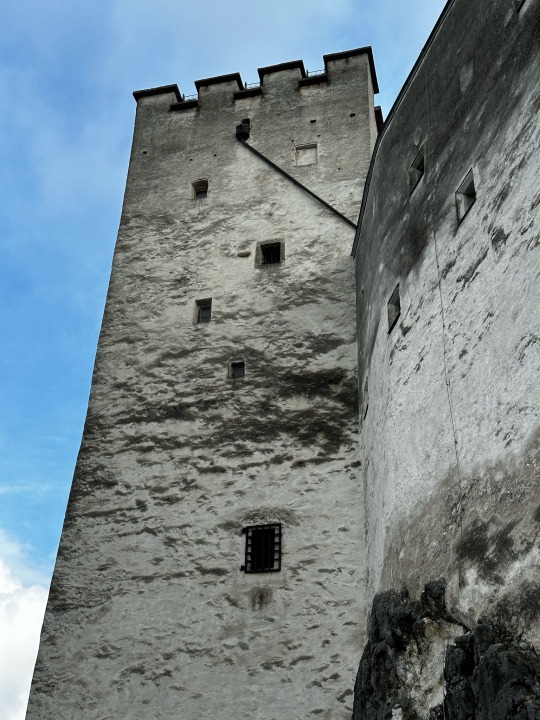

Salzburg fortress and the view of the city from the top.
August 30th 2023.
#summer 2023#Austria#Salzburg#panoramic view#panaorama#summertime#mountains#mountainside#Austrian Alps#downtown#old town#Europe#Salzburg Fortress#fortress#castle#trees#marketplace#tourist attraction#tower#castle keep#cathedral#church#stepping back in time#history#explore#vacation#travelling#Europe trip#family vacation
8 notes
·
View notes
Text

Jedermann play in front of the Cathedral on the Salzburg Festival, Austria
Austrian vintage postcard
#austria#ephemera#photography#vintage#briefkaart#austrian#jedermann#carte postale#postcard#photo#the salzburg festival#sepia#ansichtskarte#play#postkarte#festival#postkaart#salzburg#cathedral#postal#tarjeta#historic
5 notes
·
View notes
Text

Salzburg Dom, Österreich, 1972.
16 notes
·
View notes
Text


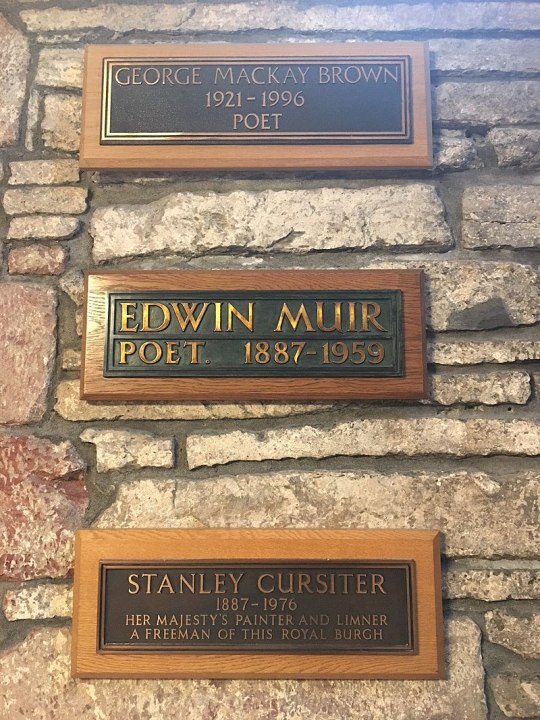
January 3rd 1959 saw the death of the poet and scholar Edwin Muir.
He was was born on a farm in Deerness , Orkney Islands in the remote northeast of Scotland. In 1901, when he was 14, his father lost the farm and the family moved to Glasgow. In Glasgow first his father, then his two brothers, and then his mother died in the space of a few years. His life as a young man in Glasgow was a depressing experience for him, involving a succession of unpleasant jobs. In 1919 he married Willa Anderson (they would later collaborate on English translations of such writers as Franz Kafka and Hermann Broch) and moved to London. From 1921 - 1923 he was in Prague, Dresden, Italy, Salzburg and Vienna; he returned to England in 1924. Between 1925 and 1956 Muir published seven volumes of poetry which were collected after his death and published in 1991 as The Complete Poems of Edwin Muir. From 1927 to 1932 he published three novels and in 1935 he came to St. Andrews where he produced his controversial Scott and Scotland (published in 1936). From 1946-1949 he was Director of the British Council in Prague and Rome. 1950 saw his appointment as Warden of Newbattle Abbey College (college for working class men) near Edinburgh and in 1955 he was made Norton Professor of English at Harvard University. He returned to England in 1956 but died in 1959 at Swaffam Priory , Cambridge and was buried near Cambridge.
His childhood in remote and unspoiled Orkney represented an idyllic "Eden" to Muir, while his family's move to the city corresponded in his mind to a deeply disturbing encounter with the "fallen" world. The emotional tensions of that dichotomy shaped much of his work and deeply influenced his life. His psychological distress led him to undergo Jungian analysis in London. A vision in which he witnessed the Creation strengthened the Edenic myth in his mind, leading him to see his life as an individual and his career as a poet as a working-out of archetypal fable. In his Autobiography he wrote, "the life of every man is an endlessly repeated performance of the life of man"; our deeds on earth constitute "a myth which we act almost without knowing it." Alienation, paradox, the existential dyads of good and evil, life and death, love and hate, and images of journeys, labyrinths, time and places fill his work.
His Scott and Scotland advanced the claim that Scotland can only create a national literature by writing in English; an opinion which placed him in direct opposition to the Lallans movement of Hugh MacDiarmid. He had little sympathy for Scottish nationalism. Remembered for his deeply felt and vivid poetry in plain, unostentatious language with few stylistic preoccupations, Muir is a relatively little known but significant modern poet. In 1965 a volume of his selected poetry was edited and introduced by T. S. Eliot. An excellent essay discussing Muir's literary career (Edwin Muir?s Journey, by Robert Richman ) is available in the online archives of The New Criterion. Many of Edwin and Willa Muir's translations of German novels are still in print.
Edwin Muir died in Cambridge on this day in 1959 and is buried in the churchyard of St Mary, Swaffham Prior, the village in which he spent his final years in Priory Cottage, directly opposite the churchyard. Muir is also remembered in St Magnus Cathedral, Kirkwall, Orkney
Friend, I have lost the way. The way leads on. Is there another way? The way is one. I must retrace the track. It’s lost and gone. Back, I must travel back! None goes there, none. Then I’ll make here my place, (The road leads on), Stand still and set my face, (The road leaps on), Stay here, for ever stay. None stays here, none. I cannot find the way. The way leads on. Oh places I have passed! That journey’s done. And what will come at last? The road leads on.
Edwin Muir
6 notes
·
View notes
Text
Today in Christian History
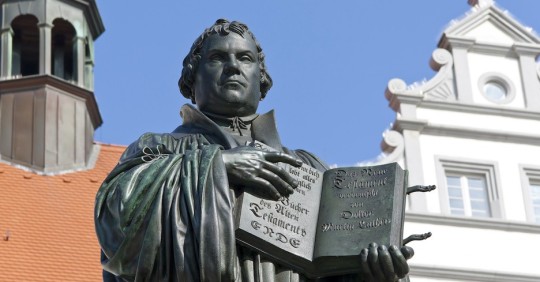
Today is Tuesday, October 31st, 2023. It is the 304th day of the year (305th in leap years) in the Gregorian calendar; 61 days remain until the end of the year.
415: Co-emperors Honorius and Theodosius II issue penalties against Montanists and against any land-owner who permits them to assemble on his property. Montanist meeting places are to be turned over to orthodox churches.
1517: Martin Luther (pictured above) nails a challenge to a debate on the Wittenberg church door. It consists of ninety-five statements, or theses, against the practice of indulgences—theses which he is willing to defend. The theses will be widely distributed and precipitate the Reformation.
1731: Catholic archbishop Leopold von Firmian of Salzburg, Austria, issues an edict expelling all Lutherans from his territory. About twenty thousand people have to leave. Many have nowhere to go and freeze to death in the coming winter.
1754: Provost Acrelius writes to the Consistory of Upsala, requesting the suspension of Rev. John Lidenius from the Swedish ministerial office because he preaches in English.
1772: Thomas and Samuel Green of New Haven publish “A Sermon” by Indian preacher Samson Occum which he had given the month before at the hanging of an Indian man for murder. The sermon becomes wildly successful, going through ten editions in eight years.
1816: Robert Moffat sails for South Africa where he will establish a mission work. Mission leaders had been reluctant to send him, believing he was unqualified. He will become a world-famed mission leader.
1832: George Washington Doane is consecrated Episcopal bishop of a diocese in New Jersey. He will be remembered by Christians for his hymns, especially “Softly Now the Light of Day.”
1871: Vasilii Ivanov is baptized in Tbilisi, Georgia, in the Kura River, an event considered the starting point of the Baptist movement in Azerbaijan, because he will spread the Baptist faith throughout Baku province.
1877: Samuel Schereschewsky is consecrated Anglican Bishop of Shanghai. Developing Parkinson’s disease, he will resign his position, and spend the rest of his life completing a translation of the Bible into Wenli (a Chinese dialect), typing hundreds of pages with the one finger that he could still move.
1879: Death of Jacob Abbott, American Congregationalist author. He wrote many groundbreaking works of children’s fiction, including the instructional Rollo series and the warm Franconia novels.
1920: Baptism of Spetume Florence Njangali in Saint Peter’s Cathedral, Hoima, Uganda. She will become a leader in the effort to obtain theological education for women and their ordination as deaconesses in the Anglican church of Uganda.
1992: Pope John Paul II admits that the Roman Catholic church erred three hundred and sixty years earlier when it condemned Italian astronomer Galileo.
1999: Catholics and Lutherans issue a joint statement on justification in Augsburg, Germany, declaring that “a consensus in basic truths of the doctrine of justification exists between Lutherans and Catholics.”
2010: Islamic terrorists besiege Our Lady of Perpetual Help Church in Baghdad, massacring most of the 120 worshipers inside, including a three year old boy who pleaded with them to stop killing.
14 notes
·
View notes
Photo

Main Cathedral, Salzburg Austria.... at the Christmas Market...
34 notes
·
View notes
Text
SAINT OF THE DAY (March 28)
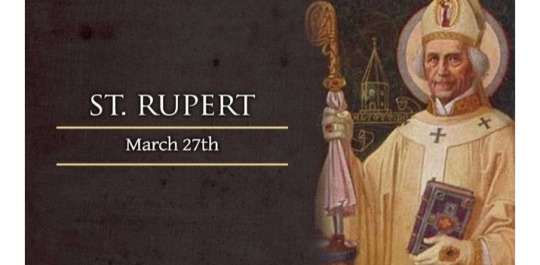
On March 27, the Catholic Church remembers the monk and bishop, Saint Rupert, whose missionary labors built up the Church in two of its historic strongholds, Austria and Bavaria.
During his lifetime, the “Apostle of Bavaria and Austria” was an energetic founder of churches and monasteries.
He was also a remarkably successful evangelist of the regions, which include the homeland of the Bavarian native, Pope Benedict XVI.
Little is known about Rupert's early life, which is thought to have begun around 660 in the territory of Gaul in modern-day France.
There is some indication that he came from the Merovignian royal line, though he embraced a life of prayer, fasting, asceticism, and charity toward the poor.
This course of life led to his consecration as the Bishop of Worms in present-day Germany.
Although Rupert was known as a wise and devout bishop, he eventually met with rejection from the largely pagan population, who beat him savagely and forced him to leave the city.
After this painful rejection, Rupert made a pilgrimage to Rome.
Two years after his expulsion from Worms, his prayers were answered by means of a message from Duke Theodo of Bavaria, who knew of his reputation as a holy man and a sound teacher of the faith.
Bavaria, in Rupert's day, was neither fully pagan nor solidly Catholic.
Although missionaries had evangelized the region in the past, the local religion tended to mix portions of the Christian faith – often misunderstood along heretical lines – with native pagan beliefs and practices.
The Bavarian duke sought Rupert's help to restore, correct, and spread the faith in his land.
After sending messengers to report back to him on conditions in Bavaria, Rupert agreed.
The bishop who had been brutally exiled from Worms was received with honor in the Bavarian city of Regensburg.
With the help of a group of priests he brought with him, Rupert undertook an extensive mission in Bavaria and parts of modern-day Austria.
His missionary journeys resulted in many conversions, accompanied by numerous miracles including the healing of diseases.
In Salzburg, Rupert and his companions built a great church, which they placed under the patronage of St. Peter and a monastery observing the Rule of St. Benedict.
Rupert's niece became the abbess of a Benedictine convent established nearby.
Rupert served as both the bishop of Salzburg and the abbot of the Benedictine monastery he established there.
This traditional pairing of the two roles, also found in the Irish Church after its development of monasticism, was passed on by St. Rupert's successors until the late 10th century.
St. Rupert died on March 27, Easter Sunday of the year 718, after preaching and celebrating Mass.
After the saint's death, churches and monasteries began to be named after him – including Salzburg's modern-day Cathedral of St. Rupert (also known as the “Salzburg Cathedral”) and the Church of St. Rupert, which is believed to be the oldest surviving church structure in Vienna.
4 notes
·
View notes